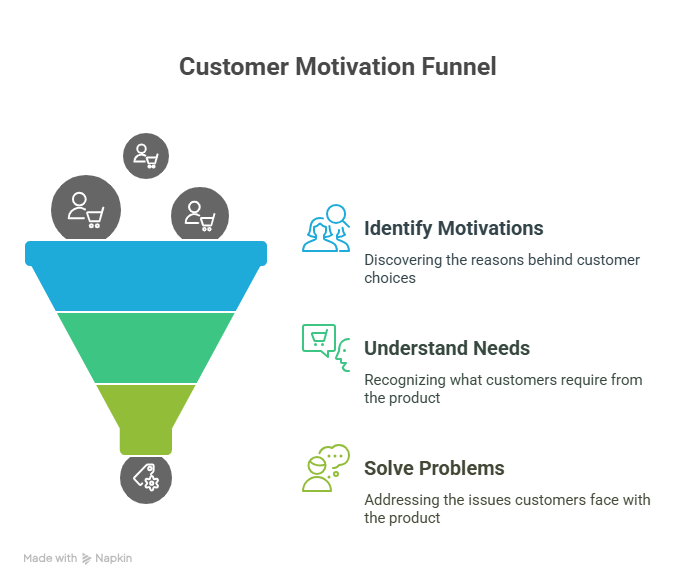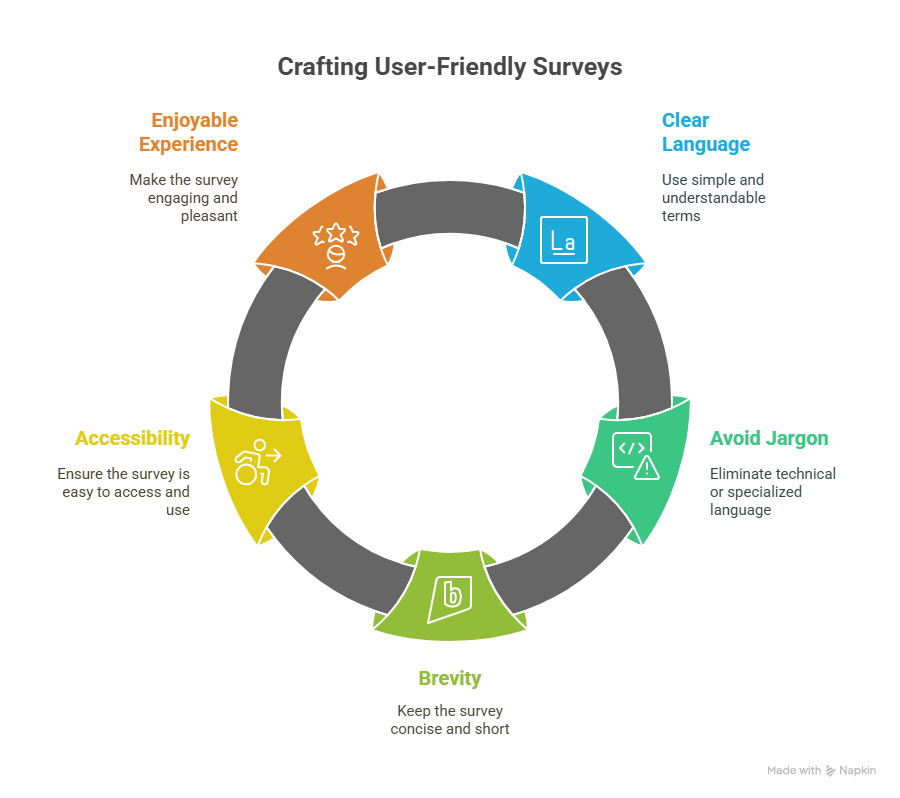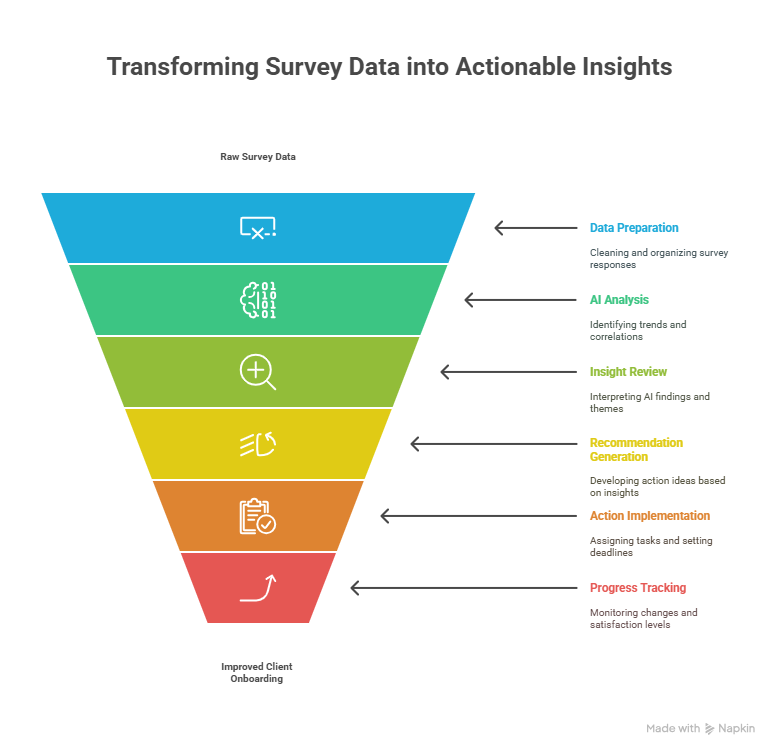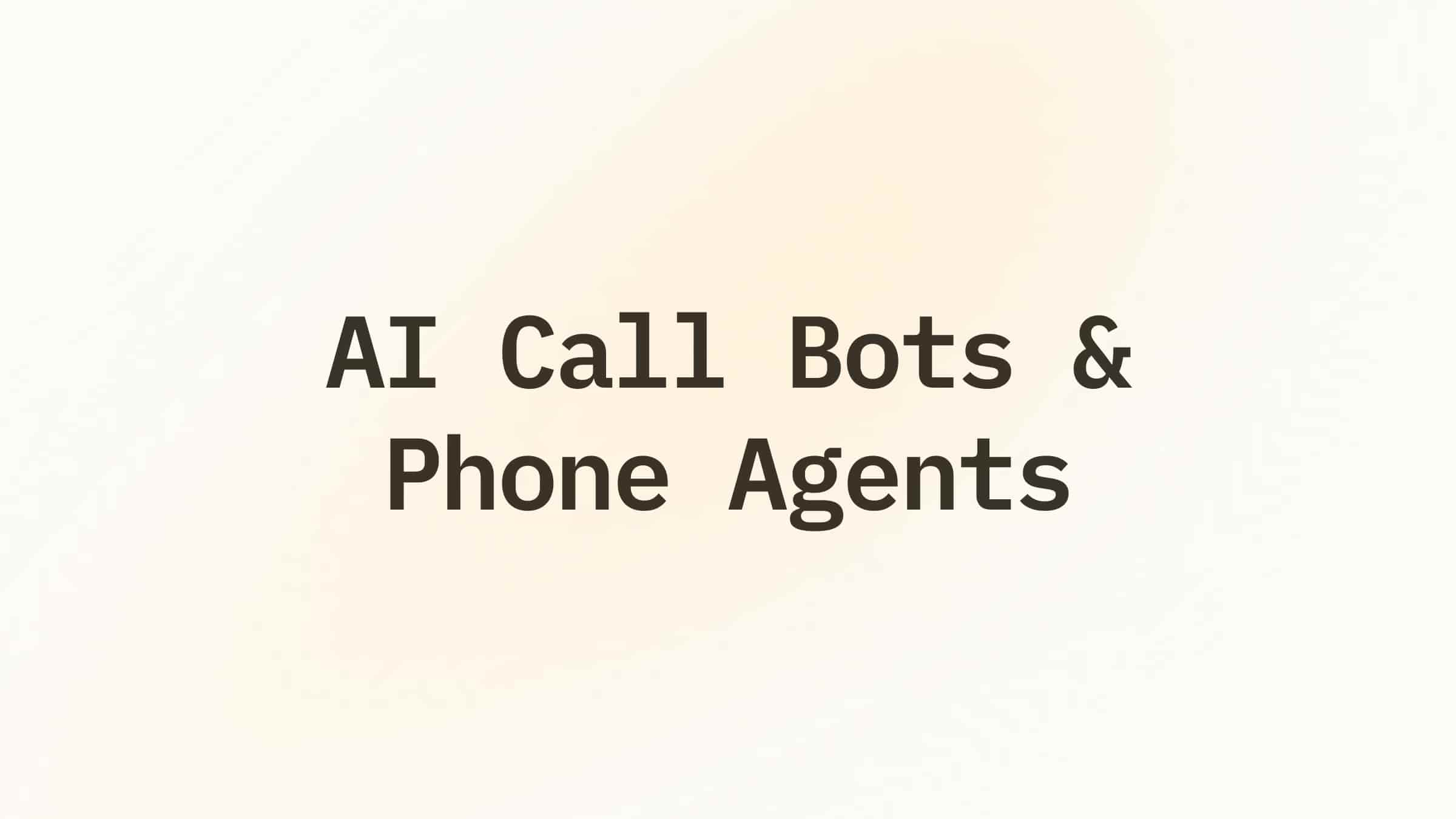I’ve made the mistake of rushing client onboarding, and it always came back to bite me.
Misaligned expectations, unclear goals, and constant back-and-forth could’ve all been avoided with one thing: the right questions upfront.
So I created a go-to list of the 25 most important client onboarding questions I ask every time now. Whether you’re in marketing, SaaS, or services, these will help you set clear goals, avoid scope creep, and build stronger client relationships from day one.
Here is my list of the 25 must-have questions for your client onboarding questionnaire.
What Is A Customer Onboarding Survey?
A customer onboarding survey is a set of questions you ask your new users shortly after they start using your product/service. It's your chance to get to know them better.
It collects feedback on their initial experience, finds out their pain points and gets valuable data into user behavior and preferences.
Basically, it gives you a peek into your users' minds, helping you make informed decisions around your products and services. Plus, it shows the customers that you care about their opinions.
25 Questions You Must Have in Your Client Onboarding Questionnaire
1. What prompted you to choose our product/service?
Understanding what drives your customers is akin to having a unique insight. It reveals their motivations, needs, and the problems they hope your product solves. This knowledge helps you tailor your marketing and improve your product.

2. Have you tried any other similar products before you tried ours?
Discovering your customer's journey through similar products helps you understand your competition and how you fit into the bigger picture. Knowing their preferences gives you an edge in highlighting what makes your product unique.
3. Which of our product features is most important to you?
By learning which features customers value most, you can emphasize those in your marketing and even consider expanding or enhancing them for greater appeal.
4. What's the biggest issue that you want our product to solve for you?
By pinpointing the problems customers hope to solve, you make sure your product hits the mark. You can align your development efforts with their needs, creating a product that becomes as indispensable as breathing. (Well, not that indispensable)
5. How was your experience with the onboarding process?
The onboarding experience is a customer's first impression. Understanding their experience helps you refine this super-important phase, making it smoother and more welcoming.
6. Were there any challenges you faced during onboarding?
Identifying onboarding challenges is like finding roadblocks on a journey. By removing these obstacles, you create a smoother path for new users, which increases their chances of success with your product.
7. How satisfied are you with the support you received?
Customer support is the backbone of a great experience. Evaluating how effective it is helps you improve response times, knowledge, and overall satisfaction, leading to loyal customers.
8. What features do you find most valuable so far?
Knowing which features resonate most with your customers guides your product roadmap. It helps you give priority to improvements so that your product evolves to meet their needs.

9. Are there any features you found difficult to use?
Usability is heavily linked to customer satisfaction. Uncovering hard-to-use features allows you to simplify and refine, creating a product that users enjoy using. (Instead of one that gives them gray hairs)
10. How likely are you to recommend our product/service to others?
This question measures the holy grail of customer satisfaction: Advocacy. High scores indicate your customers are your best salespeople, spreading the word about your product.
11. Do you have any suggestions for improving our onboarding process?
Direct customer feedback is a goldmine. These suggestions give you a hugely useful roadmap for improving your onboarding process and enhancing the overall customer experience.
12. On a scale of 1-10, how useful is the product to you?
We don’t have to tell you how important it is to understand the perceived value of your product. It reveals how well your product meets customer expectations and helps you justify your pricing.
13. Based on your experience with our product so far, how likely would you be to recommend it to friends or family?
Again, putting your finger on the customer advocacy pulse reveals how likely customers are to become brand ambassadors. This means they’re ready to spread positive word-of-mouth and attract new users.
{{templates}}
14. On a scale of 1-10, how satisfied are you with our product so far?
Initial satisfaction sets the tone for the customer's journey. High scores indicate you're on the right track, while low scores highlight areas where you could do better.
15. How would you rate our signup process?
The signup process is the gateway to your product. Evaluating how easy and efficient it is to use and efficiency helps you lower the barrier of entry for new signups.
16. How could we improve our signup process?
Direct feedback on the signup process allows you to optimize it, making it more inviting and user-friendly, leading to higher conversion rates. You know, sales.

17. Were your initial expectations met when getting started with the product?
Understanding if you meet initial expectations helps you bridge the gap between marketing promises and product delivery. This actually measures whether your product gave a good first impression or not.
18. Do you find our product easy to use?
Usability is the cornerstone of customer satisfaction. If your product is easy to use, customers are more likely to stick around and become loyal advocates.
19. Rate the usefulness of these features to you
This question reveals the features that truly matter to your customers. This insight helps you prioritize future development efforts, so you’re building stuff they actually want.
20. What feature did you expect in the product but did not find?
Identifying missing features reveals gaps in your product offering. Addressing these gaps can lead to increased customer satisfaction — and an expanded market reach.
21. What do you dislike the most about our product?
Honest feedback on dislikes helps you pinpoint areas for improvement. Addressing these concerns can turn haters into your biggest fans.
22. What do you like about our product?
Knowing what customers love about your product helps you highlight your strengths in marketing and sales efforts. It reinforces your value proposition and attracts like-minded users.
23. Have you reached out to our customer service team? If so, how was your experience?
Evaluating customer service interactions helps you measure the quality of your support. It reveals chances for improvement, which spells happier customers and more brand loyalty.
24. What first impression did our product leave on you?
First impressions are lasting. Understanding the initial impact of your product allows you to create an even more compelling and memorable user experience.

25. Does our product integrate well with other similar products you use?
Knowing how your product fits into the customer's existing way of doing things helps you identify integration opportunities. In turn, this can lead to more users adopting your product and feeling more satisfied.
Best Practices for Creating Customer Onboarding Surveys
Just knowing what questions to ask is not enough. Here are a few things you can do to create the most impactful customer onboarding questionnaire:
1. Set goals right
First things first, you need to know what you're after. Are you trying to uncover user pain points? Measure satisfaction? Or maybe you're just nosy and want to know what your customers had for breakfast.
Whatever it is, set clear objectives and goals for your survey. This will help you craft questions that actually matter instead of asking about their favorite color (unless that's somehow relevant to your product).
2. Use AI to choose your topics
Use AI to identify key survey topics and let technology do the heavy lifting. It can analyze user behavior, previous survey responses, and industry trends to suggest topics that will make your survey more insightful.
3. Make your survey user-friendly and approachable

Remember, your users are doing you a favor by filling out your survey. The least you can do is make it user-friendly and accessible.
Think of it as designing a theme park ride, it should be enjoyable, not nauseating.
Use clear language, avoid jargon, and for the love of all that is holy, don't make it longer than a CVS receipt.
4. Efficient question branching is what’s up
You can let AI personalize the survey experience by tailoring questions based on previous responses.
This not only makes the survey more engaging but also provides deeper insights into the experiences of individual customers.
How to Use AI to Analyze and Act on Client Onboarding Survey Results
Now that you have your survey data, AI can turn it into clear steps. Here’s how to do it:

- Prepare your data
- Export all responses into one file (CSV or XLSX).
- Remove duplicates and fix any missing entries.
- Feed the data into an AI tool
- Upload your cleaned file to the AI agent.
- Ask it to spot key trends and correlations.
- Review the AI findings
- Look at the top themes the AI highlights (e.g., common concerns, feature requests).
- Note any surprising links, like “clients who rate training low also report slow setup.”
- Generate clear recommendations
- Ask the AI for action ideas based on each trend.
- For example: “Improve training materials” or “Speed up setup process.”
- Turn insights into action
- Pick the top 3–5 fixes.
- Assign each fix to a team member with a deadline.
- Track your progress
- After you roll out changes, run the survey again.
- Compare new results to see if satisfaction scores rise or pain points shrink.
Follow these steps to move from raw survey data to real improvements—fast and without the guesswork.
Let Lindy AI Optimize Your Customer Onboarding Surveys
Need a high-level AI tool to take the pain of customer onboarding surveys right off your hands?
Here’s how Lindy can help with its AI survey generator:
- Auto-generate surveys in seconds – Lindy builds smart, tailored onboarding questions based on your goals and customer data. No guesswork.
- Get AI-suggested questions that matter – Capture high-quality insights with questions designed to reveal what your customers actually think.
- See trends instantly – Lindy analyzes responses in real time and delivers clear, actionable reports without any manual effort.
- Plug into your stack – Connect Lindy with your CRM, email marketing, or project tools. Centralize data and eliminate copy-paste chaos.
- Deploy multiple Lindies – Create task-specific Lindy agents that collaborate like a trained team, running surveys at scale.
- Always-on optimization – Lindy works quietly in the background, learning from results and refining its approach with every run.
{{cta}}
Frequently Asked Questions
What is the onboarding survey?
An onboarding survey is a brief questionnaire sent to new customers or employees shortly after they start using a product, service, or role. It collects feedback on their initial experience, evaluates clarity of instructions, identifies pain points, and gauges satisfaction. Companies use the insights to refine guidance, reduce friction, and boost activation and long-term retention.
What are the best customer survey questions?
The best customer survey questions focus on clarity, relevance, and actionability. They may include:
- How satisfied are you with our product?
- Did our service meet your expectations?
- What challenges did you face?
- How likely are you to recommend us?
- What can we improve?
Well-crafted questions yield clear feedback and guide business improvements.
What questions are asked in the 30-60-90 day onboarding survey?
In a 30-60-90 day onboarding survey, questions target progress at each stage.
Examples:
- After 30 days, how clear were your goals?
- At 60 days, how well do you understand workflows and tools?
- By day 90, how confident are you in handling your core responsibilities?
- What support do you still need?
This structure tracks growth and uncovers ongoing needs.
What are the 4 types of customer satisfaction survey?
There are four main customer satisfaction survey types: transactional surveys that assess specific interactions, relationship surveys that gauge overall loyalty and perception, Net Promoter Score (NPS) surveys that measure willingness to recommend, and Customer Effort Score (CES) surveys that evaluate the ease of completing a task.
What questions should I ask in a customer experience survey?
In a customer experience survey, include:
- How satisfied are you with our product/service overall?
- How easy was it to complete your last task?
- Did we meet your expectations?
- How likely are you to recommend us?
- What could we improve?
- How responsive was our support team?
These questions cover satisfaction, effort, loyalty, and actionable feedback.
What should I ask in a 30-day review?
In a 30-day review, ask:
- Are your role goals and expectations clear?
- Which tasks have you mastered, and which feel challenging?
- What roadblocks have you encountered?
- Do you have the resources and support you need?
- How would you rate your integration with the team?
- What improvements do you suggest for the next month?
How often should I update my client onboarding survey questions?
You should review and update your onboarding survey at least once every quarter or whenever you launch new features or change your onboarding process. This keeps your questions relevant and aligned with your current goals.
What’s the ideal length for a client onboarding survey?
Keep it short and focused. Aim for 8–12 well-targeted questions max. Longer surveys lead to drop-offs and lower-quality answers.
When is the best time to send an onboarding survey to new clients?
Send it within the first 7–10 days after onboarding starts, after the client has had a chance to explore your product but early enough to fix issues quickly.
How do I personalize onboarding surveys for different client types?
Use AI tools or logic-based branching to ask different questions based on industry, use case, or plan type. This way, each client only sees the questions that matter most to them.
What should I do if survey responses are low or incomplete?
Make sure your surveys are short, mobile-friendly, and easy to understand. Add an incentive if needed (like a small discount or free resource) and send reminders to increase completion rates.
How can I turn onboarding survey data into clear actions?
Use AI tools like Lindy to group responses by theme, flag recurring pain points, and auto-generate action plans. Assign fixes, make changes, and rerun the survey to measure impact.
Can onboarding surveys be used for upselling or expansion?
Yes. Ask questions like “What additional features would be helpful?” or “What are your future goals?” to identify upsell opportunities and proactively offer the right solutions.
What’s the difference between onboarding and ongoing satisfaction surveys?
Onboarding surveys focus on first impressions, early issues, and setup clarity. Ongoing surveys track long-term satisfaction, feature usage, and product impact over time.
Should I use a separate onboarding survey for enterprise clients?
Yes. Enterprise clients usually have more complex needs. Tailor the survey to include questions about integrations, training needs, team workflows, and success metrics.
How can I get started with AI-based survey tools like Lindy?
Start by creating a free account on Lindy. Define your onboarding goals, upload any existing data, and let the AI suggest and generate your first survey. From there, you can automate delivery, analyze responses, and scale up with task-specific agents.


















.jpg)
.png)
.png)


.png)
.png)